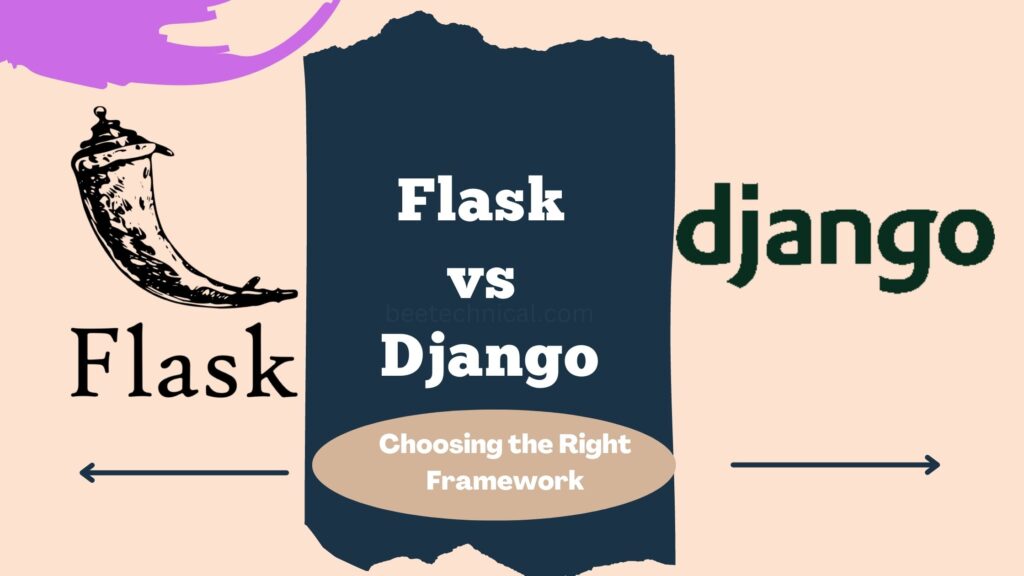Stateful and stateless protocols are two different approaches to communication protocols.
A stateful protocol involves the server maintaining session information and context for each client, allowing for personalized and context-aware interactions.
In contrast, a stateless protocol treats each client request as independent, without storing any session data. While stateful protocols offer enhanced functionality, they can be less scalable due to the need for session management. On the other hand, stateless protocols are lightweight and scalable but lack session context awareness.
The choice between stateful and stateless protocols depends on the specific requirements of the application.
Let’s continue our discussion about Stateful vs Stateless protocols and what makes them different from one another.
What is a Stateful Protocol?
When using Stateful Protocol, when a client requests a server to process it, the client anticipates an answer; it then resends the request in case it doesn’t receive a response.
- Stateful procedures and applications can be utilized repeatedly, such as electronic banking or email. They are executed in the context of transactions that have occurred previously, and what occurred during previous transactions could impact the current one. This is why stateful applications use the same servers each time they make a request.
- If a stateful operation is stopped, the context and history are preserved, allowing you to resume the operation in the exact spot you were when you left.
- Stateful software monitors the window position, configuration preferences, and the most recent activity. Stateful transactions are considered a regular, ongoing dialogue with the same individual.
Here are a few of the key aspects of Stateful protocols.
- The design of the server is a bit complicated since it needs to keep the connection details.
- Backup storage is necessary to keep the client’s data on the server.
- Improved performance because the Server can keep track of requests from the client and react accordingly.
- Consecutive requests/data packets are dependent on the server’s state.
What is a Stateless Protocol?
The Stateless Protocol is a network protocol where servers respond to clients’ requests based on the current status.
- The Stateless Protocol doesn’t require a server to keep details of the session and each client’s current status during multiple requests.
- Stateless protocols use fewer resources because they don’t have to maintain track of the orientation of the data to link multiple transmissions.
- Be aware that every communication is considered an event in itself, so Stateless implies that there are no references to prior transactions.
Following are some of the most notable features of Stateless protocols.
- Server design is quite simplified.
- Resources are not required Server is not required to maintain any status of the session or client when transactions are conducted between the server and client.
- Every communication between the server and client is separate from the other.
- The data in each packet are distinct from the other one, and there is no dependence on any other packet.
Various stateful protocols have been developed because of the inherent dangers inherent in the stateless protocol. Stateful inspection, and certain network protocols, allow networks to identify whether it is a new message or a reply to an existing message.
The comparisons between the Stateful vs Stateless Protocol
| Stateless Protocol | Stateful Protocol |
| Stateless Protocol does not require the server to store the server’s information or session details. | Stateful Protocol requires that the server save the session and status information as well as session details. |
| With Stateless Protocol, there is no strict dependency between the server and the client. | Stateless Protocols process transactions are extremely fast. |
| Its Stateless protocol design makes it easier to simplify server design. | The Stateful protocol design makes the server’s design extremely complex and weighty. |
| Stateless Protocols perform better in the event of a crash since there isn’t any state of being restored. A failed server is able to simply restart after the crash. | Stateful Protocol cannot work as well when it crashes since stateful servers have to maintain the information about the state and information about the internal state. |
| Stateless Protocols process transactions extremely fast. | Stateful Protocols process transactions extremely slowly. |
| Stateless Protocols are simple to incorporate into the Internet. | Stateful protocols are very heavy to use on the Internet. |
| Scaling architecture is generally easier. | It is complex and difficult to build a large-scale structure. |
| The requests do not depend on the server side and are independent. | The requests depend on the server. |
| In order to process various data simultaneously, multiple servers are able to be utilized. | To handle every request, the exact server has to be used. |
| Examples of Stateless are UDP, DNS, HTTP, and many more. | Examples of Stateful include FTTP, Telnet, etc. |
Conclusion
When clients were merely thin interfaces to superior servers, the stateful architecture seemed like a sensible solution.
The strong connection between servers and users was not an issue when services only needed to grow to thousands or hundreds of users.
It’s been necessary to modify not only the hardware and software, however, but also designs and ideas in the present, when robust client computers and internet services are often required to increase their capacity to millions or billions of people.
This is where statelessness is a factor. When deciding between stateful and stateless, the choice is contingent on the criteria that must be met. Both have their own set of pros and pros.
What are the examples of Stateless?
Examples of Stateless are UDP, DNS, HTTP, and many more.
What are the examples of Stateless?
Examples of Stateful include FTTP, Telnet, etc.









Comments are closed.